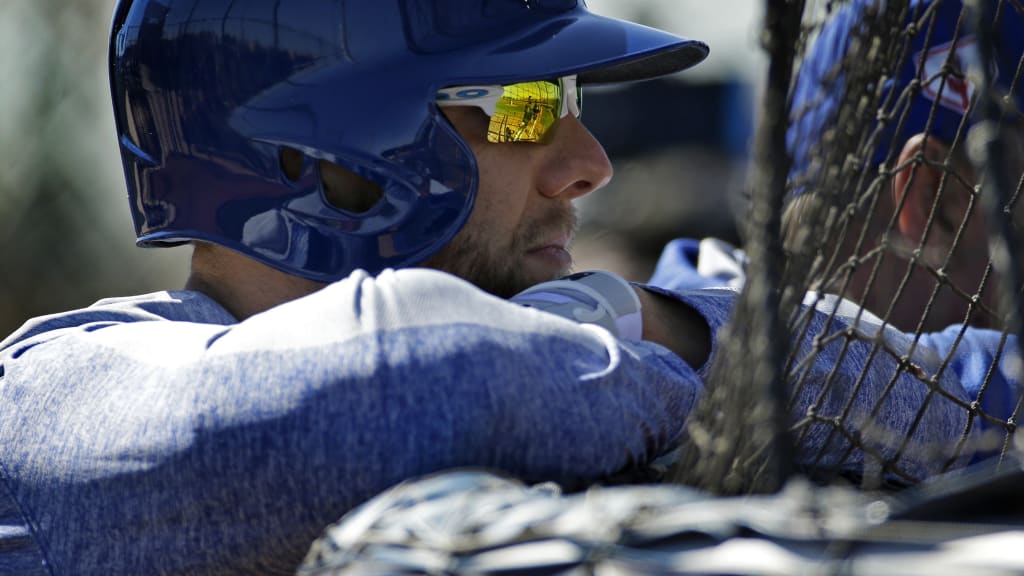
SURPRISE, Ariz. -- The Royals are now one of numerous MLB teams employing the use of Rapsodo, a similar pitching-tracking device to TrackMan/Statcast.
The Rapsodo portable devices have been routinely placed between Royals catchers and pitchers this spring as the team begins accumulating data on all of its pitchers.
Royals bullpen coach Vance Wilson, pitching coach Cal Eldred, pitching advisor Paul Gibson and video coordinator Mark Topping are among the group in charge of the process. Former Royals reliever Malcolm Culver is acting as a liaison between the analytics staff and the coaching staff in the process.
Wilson explained that while TrackMan focuses on spin rate, tilt and axis, Rapsodo “is more about movement and how the air affects the movement. You’ll hear a lot about spin efficiency and how the ball is getting its movement from the air. Trust me, it’s way beyond anything I learned in my brief college education.
“This tells you how much of that spin rate is used to get movement. True spin rate. If you throw a pitch on the moon with no gravity and no atmosphere, every pitch would act the same. Now you get atmosphere; balls move differently. Then it’s, 'How do we apply that to our pitch calling and how do we match it up to a pitcher’s strengths?'”
Wilson also cautions that the Royals aren’t viewing the device as a panacea.
“It’s more about who is having issues,” Wilson said. “We’ll almost use it as sort of a triage. Say if hypothetically with Brad Keller, hitters are not swinging at his slider and by the eye test they should be, then we can look at the numbers. [But] we’re going to be really careful about making changes.”
Wilson said the Royals won’t make any dramatic conclusions about the data because they need to see how pitchers perform first against big-league hitters.
“It also tells what you don’t need to fix in some respects,” Wilson said. “In other words, if you have a really high spin efficiency and I have a low spin efficiency, but I’m getting guys out and am an All-Star, don’t fix anything.”
Wilson also notes that any drastic changes to a pitcher’s approach won’t be made in-season.
“Pitch design and pitch shape is more of a winter overhaul,” Wilson said. “You can’t overhaul a guy’s pitch shape or design at 2:30 in the afternoon when you have a big league game later.”
Wilson admits he finds the data fascinating.
“Once you get into it, you look at numbers,” Wilson said, “It matches up to what an old-school scout would tell you -- maybe a pitcher throws a ball [that seems] to rise, so he has true spin. It’s matching what an old-school scout or what a good pitching coach would tell you.”
Manager Ned Yost, too, is hooked, though he admits he didn’t remember what the Rapsodo device was called.
“The thing that goes in front of the plate?” Yost said. “Yes, we have them in front of every plate.
“We’re using it. It’s interesting to me because you hear about Boston’s success with Brian Bannister as kind of the go-between the analytical department and the coaching staff, and then Dave Bush, who pitched for me in Milwaukee, is under Banny.
“It kind of blows my mind. Our people get together every day -- Vance, Cal, Minor League pitching coaches, coordinators and Paul Gibson -- and they’re discussing every day how they make guys better [from the data]. It’s crazy.”
